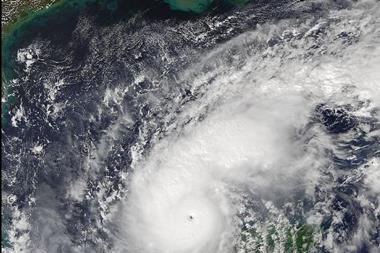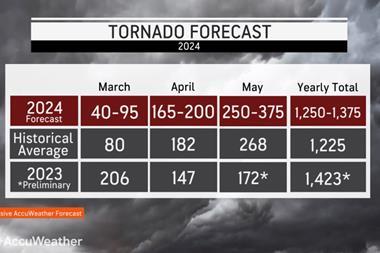The fire all but destroyed the roof of the 850-year-old building and felled its spire, to the dismay of thousands of horrified onlookers who lined the streets of Paris. Risk managers in France and across Europe ask, could the disaster have been prevented by more effective risk management?
Following the devastating blaze that ripped through Notre Dame cathedral in central Paris, attention has turned to the cause of the fire. But even before the conclusion of what is expected to be a long and complex investigation, one thing is already clear: the incident marks a clear failure in risk management.
The French prosecutor’s office has deployed a 50-strong team to get to the bottom of what sparked the blaze, which was finally extinguished on Tuesday (16 April) after burning for 16 hours.
The fire all but destroyed the roof of the 850-year-old building and felled its spire, to the dismay of thousands of horrified onlookers who lined the streets of the French capital, many in tears.
There was construction work taking place at the cathedral and some have speculated that an accident at the site could have started the fire.
François Malan is the president of the construction commission for French risk management body Amrae and he speculates that one of three things was likely to have caused the fire: a problem during restoration work at the cathedral, a stray cigarette or faulty wiring.
He said people undertaking so called “hot works” as part of the restoration should have been trained and equipped with a permit to carry out the potentially dangerous task. They also have to undertake surveys after the work is complete.
But he said it was unusual to have a firefighter on site as hot works are carried out, although Malan suggested it can be smart to have a second contractor overseeing things.
“In Notre Dame or in special areas, which are very combustible, sometimes we need two people - one working and the other one looking at the worker,” he said.
But he notes that the disaster could serve as a learning curve for future works, especially on historical buildings, which may insist on having a firefighter on scene or at least a fire alarm when hot works are being undertaken.
He said that forensics would now be pouring over the wreckage of the collapsed church roof trying to identify the origin of the fire.
The cause of the fire will also determine whether the loss is covered, at least in part, by insurance.
The building is the property of the French state which means it is unlikely to be insured independently. However, the contractor responsible for the works will have insurance that will be put on notice if its workers are deemed to be responsible for the blaze.
But Malan warns that the limit to the contractor’s coverage is likely to be very low compared to the actual loss, at around €5m.
Danny Wong, an enterprise risk management expert and the founder and CEO of Goat Risk Solutions, says the cost of repairing the building is likely to be a lot higher than that.
“The tragic events at Notre Dame are an acute reminder that the often overlooked but fundamental fire risk can be catastrophic particularly for important sites with such significance,” he says.
“The rebuild cost will be in the order of hundreds of millions and due to the historic importance, and priceless significance including the artwork within, the insurance cover would have been highly specialised in order to value the replacement costs,” he says.
“Further, whilst the investigation is ongoing, it is known that renovation works were taking place in the roof area implying there could be a liability claim, which for typical contractors would not cover the magnitude of this loss.”
Risk expert Hans Læssøe says that a suggestion by US president Donald Trump to use flying water tankers to extinguish the fire would have turned the tragedy into a complete disaster.
French authorities said using the “water bombers”, which are normally used to quell wildfires, risked destroying the entire structure, which currently remains largely intact.
But Læssøe, the former risk manager for Lego Group, who is now principal consultant at AKTUS, says there are steps that could have been taken to prevent the fire while works were undertaken on the cathedral’s roof.
“One such measure could be to have a fireman posted in the attic 24/7 whilst the building is under repair, knowing this is a higher than normal risk,” he says. However, he notes that this is just speculation at this stage as the cause of the fire is yet to be determined.




















No comments yet